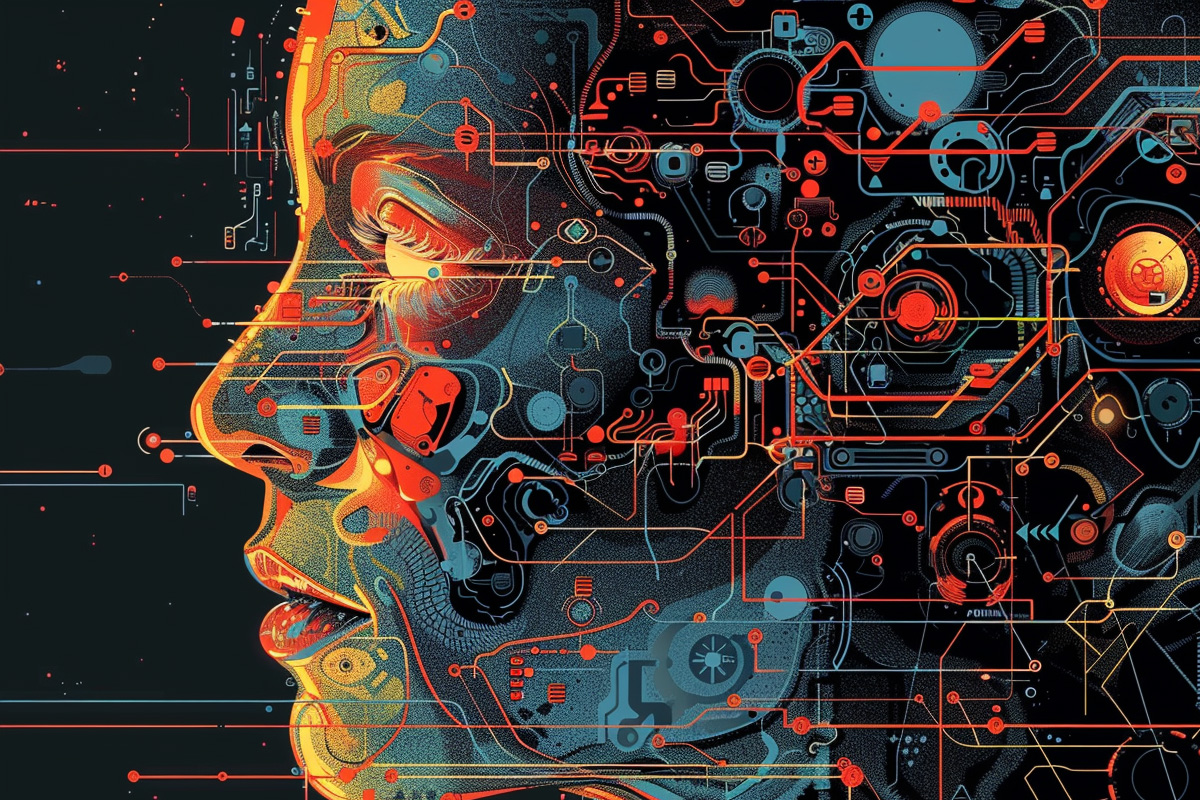Artificial Intelligence Versus Automation

In the rapidly evolving landscape of technology, two terms frequently emerge at the forefront of innovation: automation and artificial intelligence (AI). Though often used interchangeably, these concepts embody distinct principles, functionalities, and implications for the future of software, including creative powerhouses like Adobe. Understanding the nuances between automation and AI is essential for anyone navigating the digital age, particularly for creatives and technologists striving to harness these tools for advancement and innovation.
Automation: The Foundation of Efficiency
Automation refers to the technology by which a process or procedure is performed with minimal human assistance. It is the creation and application of technologies to produce and deliver goods and services with minimal human intervention. The essence of automation lies in its ability to streamline tasks, reducing the time and effort required to complete them. It's rooted in rule-based systems where if-then logic prevails. From manufacturing assembly lines to software programs for scheduling social media posts, automation encompasses a broad spectrum of applications.
In the realm of software, automation can manifest in various forms. For instance, Adobe's software suite includes features like batch processing in Photoshop, where repetitive tasks such as resizing images or applying filters can be automated, freeing up creative minds to focus on more nuanced aspects of their work.
Artificial Intelligence: The Spearhead of Innovation
Artificial Intelligence, on the other hand, represents the simulation of human intelligence in machines that are programmed to think like humans and mimic their actions. AI is an umbrella term that encompasses machine learning (ML), natural language processing (NLP), and deep learning, among others. These technologies enable machines to learn from experience, adjust to new inputs, and perform human-like tasks.
AI's role in software, particularly within the Adobe ecosystem, is transformative. Adobe Sensei, Adobe's AI and machine learning technology, is a prime example. It powers intelligent features across all Adobe products, enhancing creative workflows, and offering new ways to approach design and content creation. From automatically tagging photos with relevant keywords to suggesting design layouts in Adobe XD, Sensei leverages AI to enhance creativity and productivity, making sophisticated design techniques more accessible to a wider audience.
When Automation Meets Artificial Intelligence
The intersection of automation and AI marks a pivotal moment in technology, creating systems that are not only autonomous but also capable of learning and adapting. This synergy is particularly evident in the software industry, where it's revolutionizing how tasks are performed and how creative content is produced.
For example, in the context of Adobe software, automation and AI together are redefining the boundaries of creative expression. Automated tasks are now smarter, thanks to AI. Content-aware fill in Photoshop, powered by AI, automates the removal of unwanted elements from a photo, intelligently filling in the space by understanding the context of the surrounding pixels. This combination of automation and AI saves hours of manual editing, making it possible to achieve complex results with minimal effort.
Online Adobe Photoshop classes by Training Connection.
The Future of Automation and AI in Software
The future of software, fueled by the dual forces of automation and AI, promises unprecedented levels of efficiency, creativity, and innovation. For creative professionals, this means more time to focus on the artistry of their work, with technology handling the tedious and repetitive tasks. For developers and technologists, it opens up new frontiers in creating intelligent applications that learn from user interactions and improve over time.
In the Adobe ecosystem, the integration of automation and AI is set to push the boundaries of what's possible in creative software. As AI technology evolves, we can anticipate more intuitive interfaces, smarter tools, and even collaborative AI partners that could offer creative suggestions, generate content, and fine-tune designs.
Final Words
The distinction between automation and artificial intelligence is foundational to understanding the current technological landscape and its future trajectory. While automation brings efficiency and consistency to processes, AI imbues machines with the ability to learn, adapt, and make decisions, opening up new possibilities for innovation. Together, they are reshaping the software industry, with Adobe at the forefront of leveraging these technologies to empower creativity and streamline workflows. As we continue to explore the synergies between automation and AI, the potential for transformative change in how we interact with technology and express our creativity is boundless. In this era of rapid technological advancement, the fusion of automation and AI not only augments human capabilities but also redefines them, heralding a new age of digital creativity and innovation.





